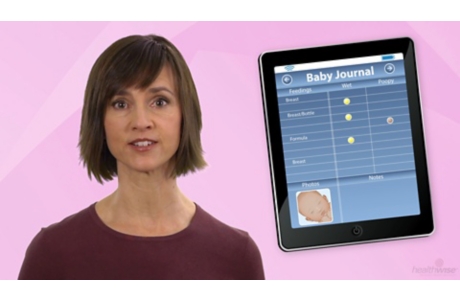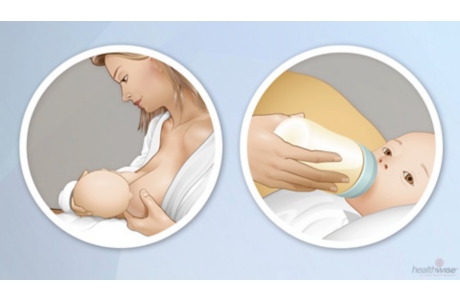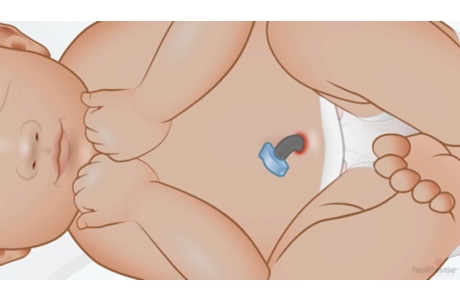babies and older adults have an increased risk of cold injury
overview
babies
babies, especially newborns, are more likely to suffer injury from cold temperature exposure.
- they have a large body surface area compared with their weight. their body heat is lost more rapidly when exposed to cold weather conditions.
- their ability to regulate body temperatures is not well-developed. they are not able to shiver (which warms a person up).
- they don't have much fat under their skin (which keeps them warm).
older adults
older adults are more likely to have a cold injury, especially hypothermia, because:
- their normal body temperature may decrease with age.
- they can't regulate their body temperature as well. they do not produce as much heat energy. they also have less body fat.
- their blood vessels do not narrow (constrict) and conserve body heat as easily.
- they do not shiver as much. shivering warms the body.
- their mental awareness of changes in temperatures may change.
- they have medical conditions that increase their risk for hypothermia. some of these conditions include:
- arthritis.
- thyroid disease.
- history of a stroke.
- alzheimer's disease.
- parkinson's disease.
- diabetes.
- heart failure.
- poor nutrition.
- multiple sclerosis.
- body infection (sepsis).
- skin conditions, such as psoriasis.
- they are more likely to be using medicines that may affect their response to cold.
- they may live alone and have fewer resources to keep them safe from cold injury. they are more likely to have poorly heated homes.
credits
current as of: july 10, 2023
author: healthwise staff
clinical review board
all healthwise education is reviewed by a team that includes physicians, nurses, advanced practitioners, registered dieticians, and other healthcare professionals.
current as of: july 10, 2023
author: healthwise staff
clinical review board
all healthwise education is reviewed by a team that includes physicians, nurses, advanced practitioners, registered dieticians, and other healthcare professionals.



